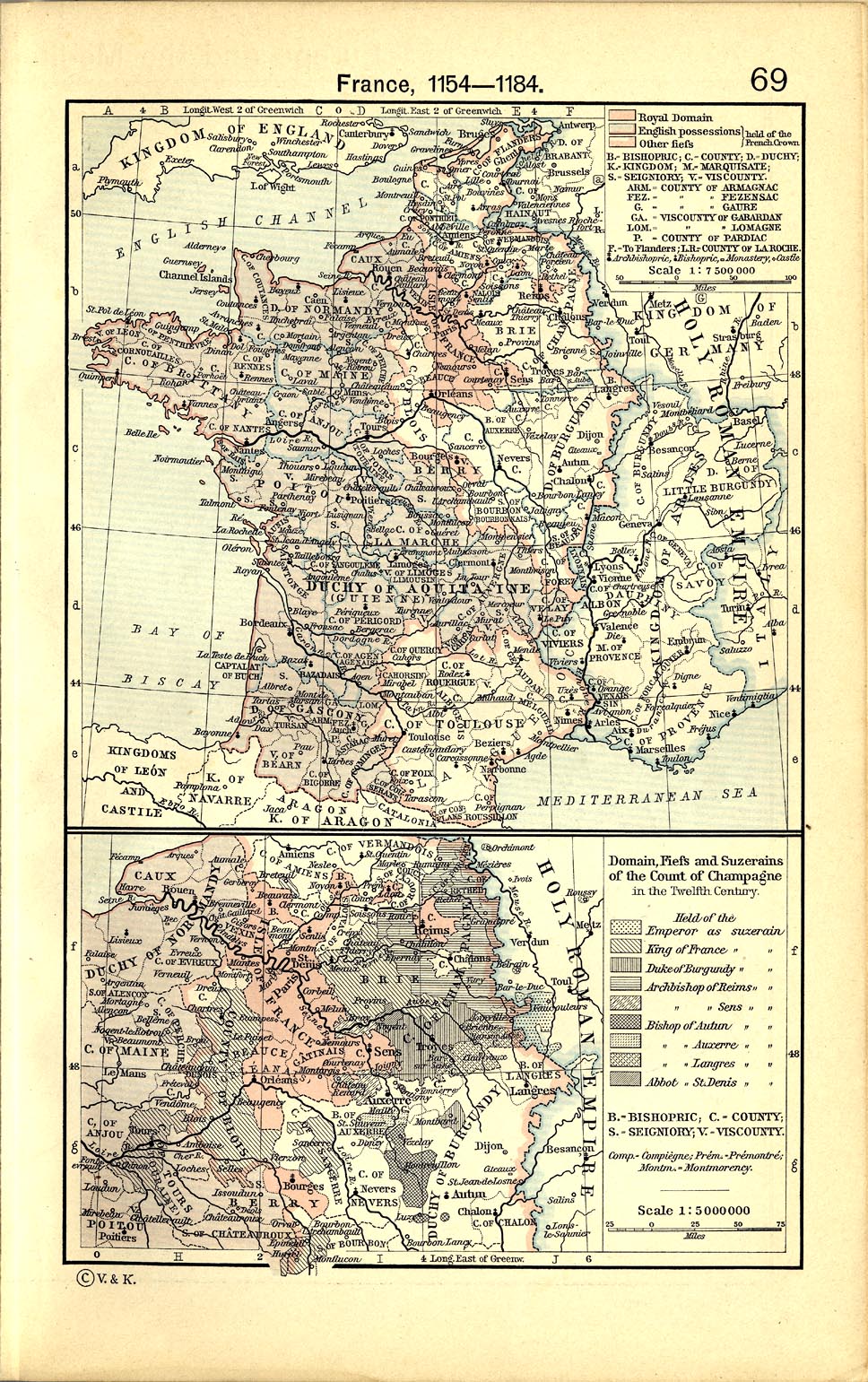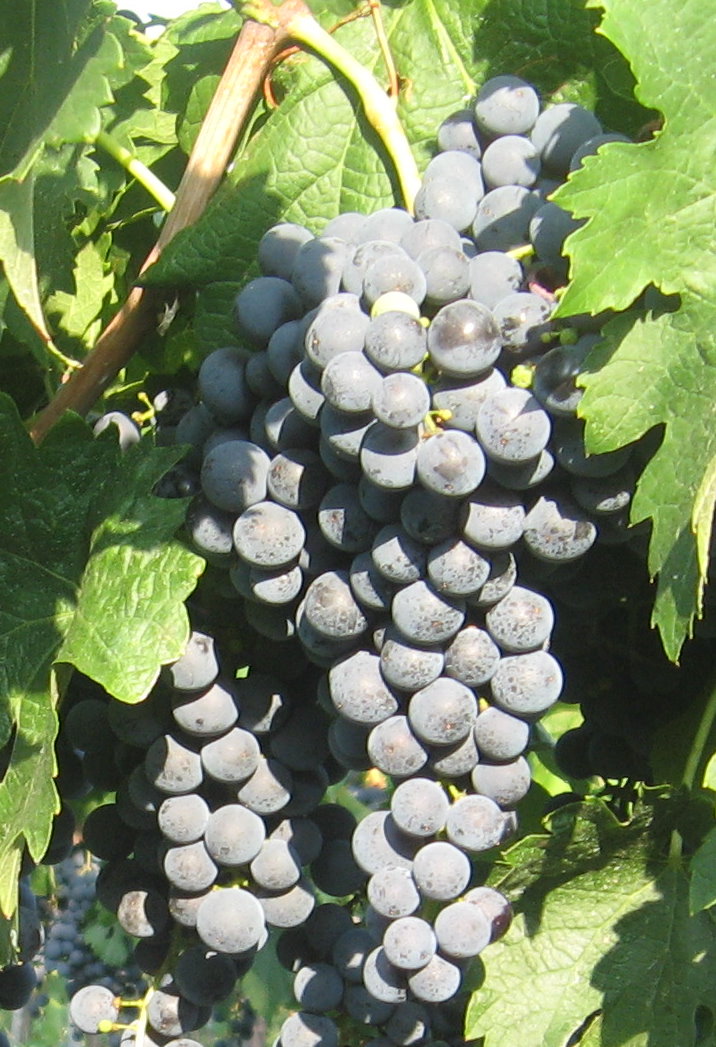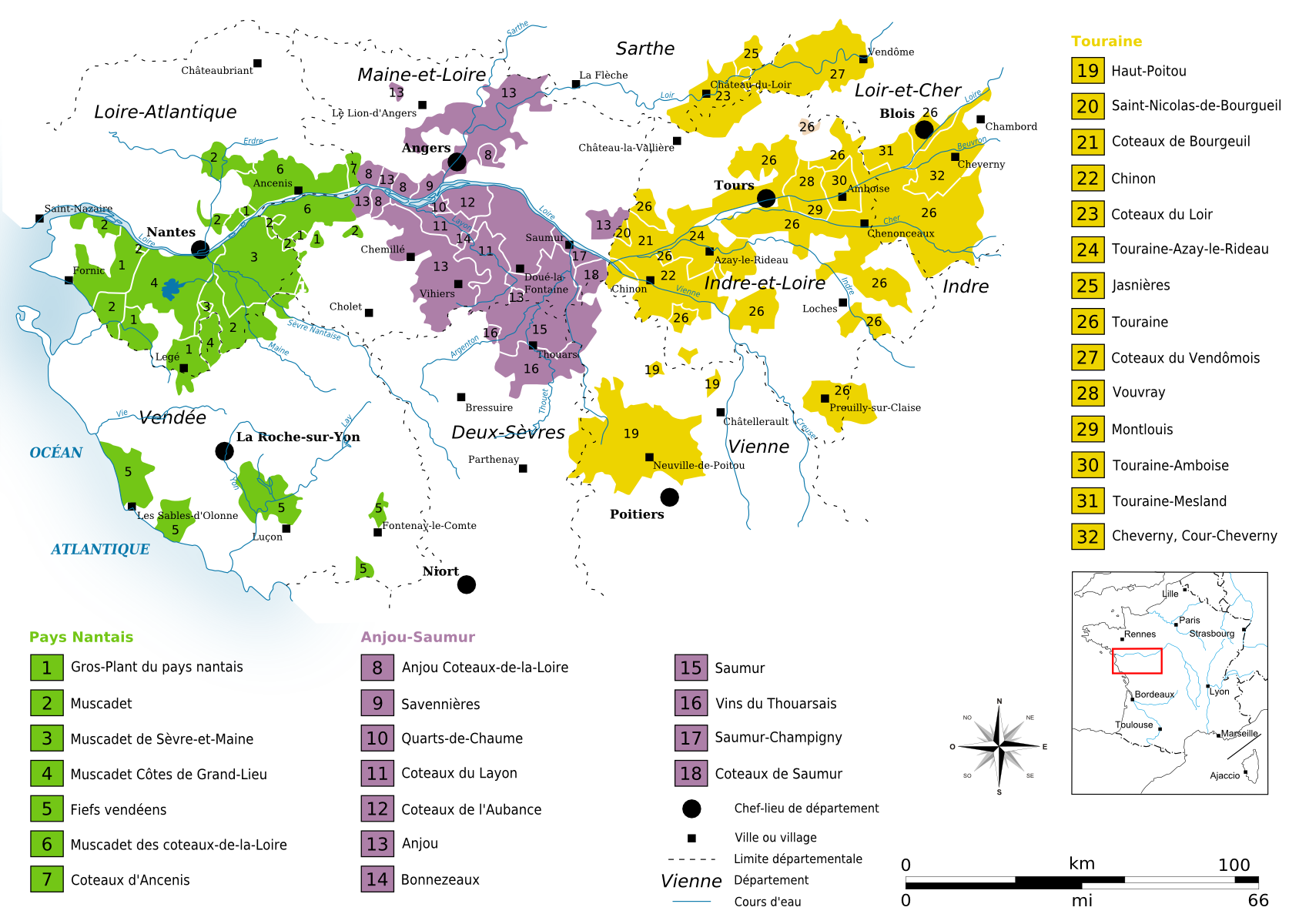|
Côt
Malbec () is a purple grape variety used in making red wine. The grapes tend to have an inky dark color and robust tannins, and are known as one of the six grapes allowed in the blend of red Bordeaux wine. In France, plantations of Malbec are now found primarily in Cahors in South West France, though the grape is grown worldwide. It is increasingly celebrated as an Argentine varietal. The grape became less popular in Bordeaux after 1956 when frost killed off 75% of the crop. Despite Cahors being hit by the same frost, which devastated the vineyards, Malbec was replanted and continued to be popular in that area. Winemakers in the region frequently mixed Malbec with Merlot and Tannat to make dark, full-bodied wines, but have ventured into 100% Malbec varietal wines more recently.J. Robinson ''Vines, Grapes & Wines'' pg 198 & 204 Mitchell Beazley 1986 A popular but unconfirmed theory claims that Malbec is named after a Hungarian peasant who first spread the grape variety throug ... [...More Info...] [...Related Items...] OR: [Wikipedia] [Google] [Baidu] |
Burgundy (wine)
Burgundy wine ( or ') is made in the Burgundy region of eastern France, in the valleys and slopes west of the Saône, a tributary of the Rhône. The most famous wines produced here, and those commonly referred to as "Burgundies," are dry red wines made from pinot noir grapes and white wines made from chardonnay grapes. Red and white wines are also made from other grape varieties, such as gamay and aligoté, respectively. Small amounts of rosé and sparkling wines are also produced in the region. Chardonnay-dominated Chablis and gamay-dominated Beaujolais are recognised as part of the Burgundy wine region, but wines from those subregions are usually referred to by their own names rather than as "Burgundy wines". Burgundy has a higher number of ' (AOCs) than any other French region, and is often seen as the most '-conscious of the French wine regions. The various Burgundy AOCs are classified from carefully delineated ' vineyards down to more non-specific regional appellations. T ... [...More Info...] [...Related Items...] OR: [Wikipedia] [Google] [Baidu] |
Malbec Leaves
Malbec () is a purple grape variety used in making red wine. The grapes tend to have an inky dark color and robust tannins, and are known as one of the six grapes allowed in the blend of red Bordeaux wine. In France, plantations of Malbec are now found primarily in Cahors in South West France, though the grape is grown worldwide. It is increasingly celebrated as an Argentine varietal. The grape became less popular in Bordeaux after 1956 when frost killed off 75% of the crop. Despite Cahors being hit by the same frost, which devastated the vineyards, Malbec was replanted and continued to be popular in that area. Winemakers in the region frequently mixed Malbec with Merlot and Tannat to make dark, full-bodied wines, but have ventured into 100% Malbec varietal wines more recently.J. Robinson ''Vines, Grapes & Wines'' pg 198 & 204 Mitchell Beazley 1986 A popular but unconfirmed theory claims that Malbec is named after a Hungarian peasant who first spread the grape variety throug ... [...More Info...] [...Related Items...] OR: [Wikipedia] [Google] [Baidu] |
South West France (wine Region)
South West France, or in French ''Sud-Ouest'', is a wine region in France covering several wine-producing areas situated respectively inland from, and south of, the wine region of Bordeaux. accessed on February 23, 2008 These areas, which have a total of 16,000 s (40,000 s) of vineyards, consist of several discontinuous wine "islands" throughout the region (where Bordeaux region itself is situated), and more or less to the ... [...More Info...] [...Related Items...] OR: [Wikipedia] [Google] [Baidu] |
Bordeaux Wine
Bordeaux wine ( oc, vin de Bordèu, french: vin de Bordeaux) is produced in the Bordeaux region of southwest France, around the city of Bordeaux, on the Garonne River. To the north of the city the Dordogne River joins the Garonne forming the broad estuary called the Gironde; the Gironde department, with a total vineyard area of over 120,000 hectares, is the largest wine growing area in France. Average vintages produce over 700 million bottles of wine, ranging from large quantities of everyday table wine, to some of the most expensive and prestigious wines in the world. The vast majority of wine produced in Bordeaux is red (sometimes called "claret" in Britain), with sweet white wines (most notably Sauternes), dry whites, and (in much smaller quantities) rosé and sparkling wines ( Crémant de Bordeaux) collectively making up the remainder. Bordeaux wine is made by more than 8,500 producers or ''châteaux''. There are 54 appellations of Bordeaux wine. History Viticultu ... [...More Info...] [...Related Items...] OR: [Wikipedia] [Google] [Baidu] |
Claret
Bordeaux wine ( oc, vin de Bordèu, french: vin de Bordeaux) is produced in the Bordeaux region of southwest France, around the city of Bordeaux, on the Garonne River. To the north of the city the Dordogne River joins the Garonne forming the broad estuary called the Gironde; the Gironde department, with a total vineyard area of over 120,000 hectares, is the largest wine growing area in France. Average vintages produce over 700 million bottles of wine, ranging from large quantities of everyday table wine, to some of the most expensive and prestigious wines in the world. The vast majority of wine produced in Bordeaux is red (sometimes called "claret" in Britain), with sweet white wines (most notably Sauternes), dry whites, and (in much smaller quantities) rosé and sparkling wines ( Crémant de Bordeaux) collectively making up the remainder. Bordeaux wine is made by more than 8,500 producers or ''châteaux''. There are 54 appellations of Bordeaux wine. History Viticultur ... [...More Info...] [...Related Items...] OR: [Wikipedia] [Google] [Baidu] |
Abouriou
Abouriou (French spelling of Occitan ''aboriu'', early) is a red French wine grape variety grown primarily in Southwest France and, in small quantities, California. It is a blending grape that, along with Malbec, Cabernet Sauvignon, Syrah, Fer, Cabernet Franc, and Merlot, is used to make the ''Appellation d'origine contrôlée'' (AOC) wine of Côtes du Marmandais. Abouriou can also be made into a varietal, as it is used in some ''vin de pays'' wines. The grape is known for its low acidity and high tannin content. Though Abouriou shares several synonyms (alternative names other than the full botanical name) with the Beaujolais grape Gamay, their morphology differs and DNA evidence has shown the two varieties to be distinct. In California, the grape is sometimes called Early Burgundy, another allusion to Gamay. With a tendency to bud and ripen early, the vine produces high yields and vigorous growth with a relatively high resistance to most grape diseases. History Ampelogra ... [...More Info...] [...Related Items...] OR: [Wikipedia] [Google] [Baidu] |
Viticulturalist
Viticulture (from the Latin word for ''vine'') or winegrowing (wine growing) is the cultivation and harvesting of grapes. It is a branch of the science of horticulture. While the native territory of ''Vitis vinifera'', the common grape vine, ranges from Western Europe to the Persian shores of the Caspian Sea, the vine has demonstrated high levels of adaptability to new environments, hence viticulture can be found on every continent except Antarctica. Duties of the viticulturist include monitoring and controlling pests and diseases, fertilizing, irrigation, canopy management, monitoring fruit development and characteristics, deciding when to harvest, and vine pruning during the winter months. Viticulturists are often intimately involved with winemakers, because vineyard management and the resulting grape characteristics provide the basis from which winemaking can begin. A great number of varieties are now approved in the European Union as true grapes for winegrowing and vitic ... [...More Info...] [...Related Items...] OR: [Wikipedia] [Google] [Baidu] |
Loire Valley (wine)
The Loire Valley wine region includes the French wine regions situated along the river Loire from the Muscadet region near the city of Nantes on the Atlantic coast to the region of Sancerre and Pouilly-Fumé just southeast of the city of Orléans in north central France. In between are the regions of Anjou wine, Saumur, Bourgueil, Chinon, and Vouvray. The Loire Valley itself follows the river through the Loire department to the river's origins in the Cévennes but the majority of the wine production takes place in the regions noted above. The area includes 87 appellations under the ''Appellation d'origine contrôlée'' (AOC), ''Vin Délimité de Qualité Superieure'' (VDQS) and ''Vin de pays'' systems. While the majority of production is white wine from the Chenin blanc, Sauvignon blanc and Melon de Bourgogne grapes, there are red wines made (especially around the Chinon region) from Cabernet franc. In addition to still wines, rosé, sparkling and dessert wines are also produced. ... [...More Info...] [...Related Items...] OR: [Wikipedia] [Google] [Baidu] |
Gamay
Gamay is a purple-colored grape variety used to make red wines, most notably grown in Beaujolais and in the Loire_Valley_(wine), Loire Valley around Tours. Its full name is Gamay Noir à Jus Blanc. It is a very old cultivar, mentioned as long ago as the 15th century. It has been often cultivated because it makes for abundant production; however, it can produce wines of distinction when planted on acidic soils, which help to soften the grape's naturally high acidity. History The Gamay grape is thought to have appeared first in the village of the Gamay, south of Beaune, in the 1360s. The grape brought relief to the village growers following the decline of the Black Death. In contrast to the Pinot noir variety, Gamay ripened two weeks earlier and was easier to cultivate. It also produced a strong, fruitier wine in a much larger abundance. In July 1395, the Duke of Burgundy Philippe the Bold outlawed the cultivation of the grape, referring to it as the "disloyal Gaamez" that in s ... [...More Info...] [...Related Items...] OR: [Wikipedia] [Google] [Baidu] |
Ripens (wine)
In viticulture, ripeness is the completion of the ripening process of wine grapes on the vine which signals the beginning of harvest. What exactly constitutes ripeness will vary depending on what style of wine is being produced ( sparkling, still, fortified, ''rosé'', dessert wine, etc.) and what the winemaker and viticulturist personally believe constitutes ripeness. Once the grapes are harvested, the physical and chemical components of the grape which will influence a wine's quality are essentially set so determining the optimal moment of ripeness for harvest may be considered the most crucial decision in winemaking.J. Cox ''"From Vines to Wines"'' Fourth Edition, pg 97-106 Storey Publishing 1999 There are several factors that contribute to the ripeness of the grape. As the grapes go through '' veraison'', sugars in the grapes will continue to rise as acid levels fall. The balance between sugar (as well as the potential alcohol level) and acids is considered one of the mos ... [...More Info...] [...Related Items...] OR: [Wikipedia] [Google] [Baidu] |
Cabernet Sauvignon
Cabernet Sauvignon () is one of the world's most widely recognized red wine grape varieties. It is grown in nearly every major wine producing country among a diverse spectrum of climates from Australia and British Columbia, Canada to Lebanon's Beqaa Valley. Cabernet Sauvignon became internationally recognized through its prominence in Bordeaux wines, where it is often blended with Merlot and Cabernet Franc. From France and Spain, the grape spread across Europe and to the New World where it found new homes in places like California's Santa Cruz Mountains, Paso Robles, Napa Valley, New Zealand's Hawke's Bay, South Africa's Stellenbosch region, Australia's Margaret River, McLaren Vale and Coonawarra regions, and Chile's Maipo Valley and Colchagua. For most of the 20th century, it was the world's most widely planted premium red wine grape until it was surpassed by Merlot in the 1990s. However, by 2015, Cabernet Sauvignon had once again become the most widely plante ... [...More Info...] [...Related Items...] OR: [Wikipedia] [Google] [Baidu] |









